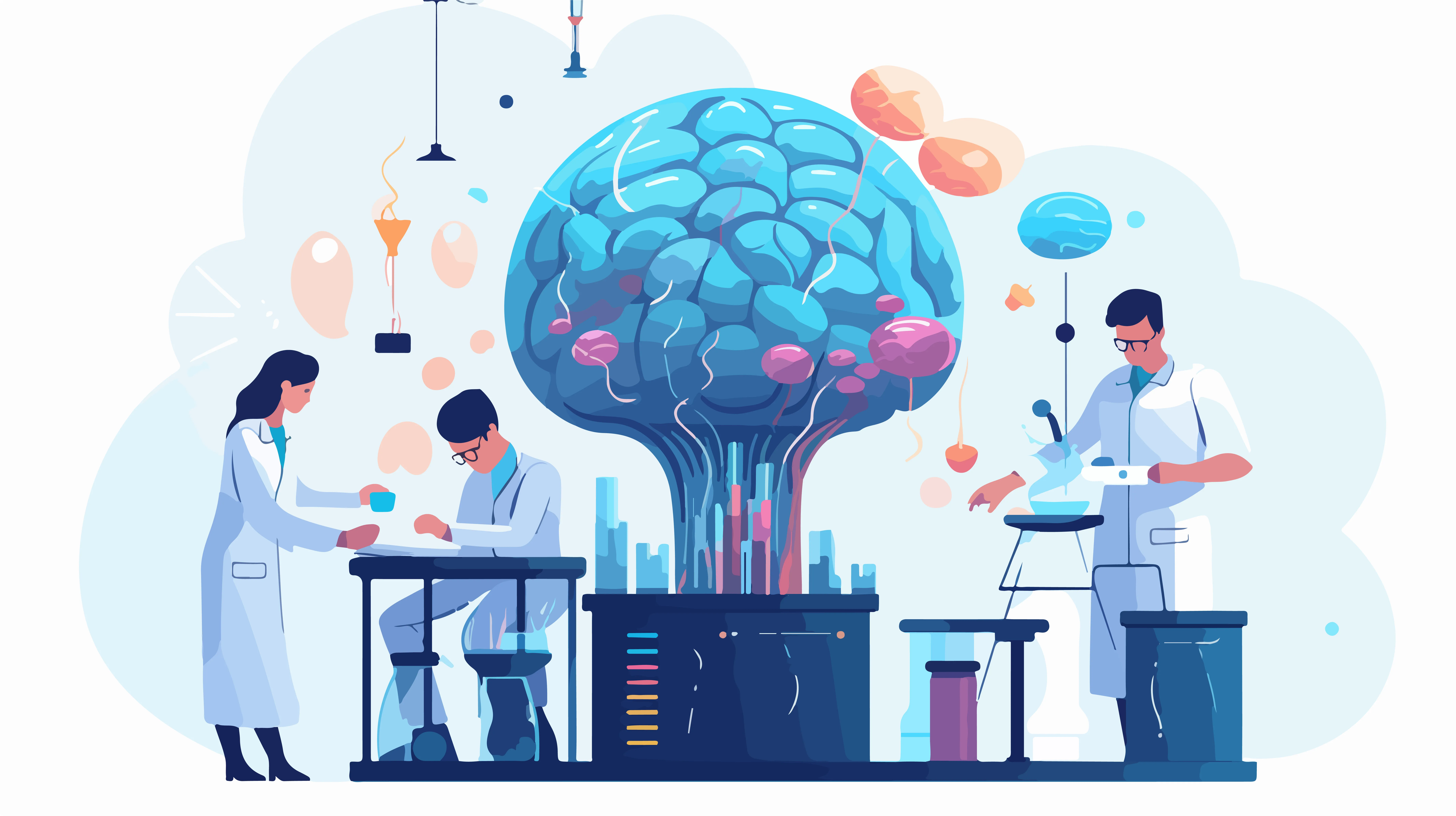The pharmaceutical industry is built on innovation, where groundbreaking discoveries in drug development have the potential to save millions of lives. However, bringing a new drug to market is a time-consuming and costly process that requires years of research, rigorous testing, and regulatory approvals. In this landscape, intellectual property (IP) rights play a critical role in incentivizing pharmaceutical innovation, ensuring that companies and researchers are rewarded for their discoveries while maintaining a balance between innovation and public access to essential medicines.
The Significance of Intellectual Property in Drug Discovery
Intellectual property laws, including patents, trademarks, and regulatory exclusivities, form the foundation of pharmaceutical innovation. These protections provide legal rights to inventors and companies, enabling them to secure a return on investment and continue investing in research and development (R&D). Without strong IP frameworks, the incentive to develop new drugs would be significantly reduced, leading to stagnation in medical advancements.
Key Forms of IP Protection in Drug Discovery
1. Patents:
- A patent grants an inventor exclusive rights for a specific period (usually 20 years from the filing date), preventing others from making, using, or selling the patented invention without permission.

- In the pharmaceutical industry, patents protect new drug compounds, formulations, delivery mechanisms, and methods of use.
- Patent protection ensures that companies recoup R&D costs, estimated to be around $2.6 billion per drug, according to the Tufts Center for the Study of Drug Development.
2. Regulatory Exclusivities:
- Regulatory agencies like the FDA (Food and Drug Administration) and EMA (European Medicines Agency) grant exclusivity periods to incentivize drug development.
- Examples include Orphan Drug Exclusivity (7 years in the U.S.), New Chemical Entity (NCE) Exclusivity (5 years), and Biologics Exclusivity (12 years in the U.S.).
- These protections help offset the time lost during regulatory approval processes.
3. Trademarks and Trade Secrets:
- Trademarks protect the branding and marketing of pharmaceutical products, ensuring differentiation in the marketplace.
- Trade secrets protect proprietary information, such as manufacturing processes and clinical trial data, from competitors.
Challenges in Pharmaceutical IP Protection
While intellectual property is essential for fostering innovation, it also presents several challenges:
Patent Cliffs and Generic Competition:
- Once a drug’s patent expires, generic manufacturers can enter the market, reducing the original manufacturer’s profits.
- Example: Lipitor (atorvastatin), a blockbuster cholesterol drug, faced a dramatic revenue decline after its patent expired.
Evergreening Strategies:
- Some companies use legal loopholes to extend patent protection by making minor modifications to existing drugs (e.g., reformulations, new indications).
- Critics argue that this limits generic competition and keeps drug prices high.
Compulsory Licensing and Access to Medicines:
- Some countries invoke compulsory licensing, allowing generic versions of patented drugs in cases of public health emergencies (e.g., India’s compulsory license for Bayer’s Nexavar, a cancer drug).
- This raises ethical and economic debates on balancing IP rights and global health equity.
World BI & the Drug Discovery Innovation Programme (DDIP)
World BI, a global leader in organizing high-impact industry conferences, brings together key stakeholders in drug discovery through its Drug Discovery Innovation Programme (DDIP). The event serves as a premier platform where pharmaceutical executives, IP experts, researchers, and regulatory professionals discuss the latest advancements and challenges in drug development.
At DDIP, industry leaders explore:
- Strategies for navigating pharmaceutical IP landscapes.
- The role of AI and big data in patent analytics and drug discovery.
- Regulatory trends shaping IP protection and patent litigations.
- Best practices for balancing innovation, access, and affordability.
By facilitating expert discussions and fostering collaborations, DDIP plays a crucial role in shaping the future of pharmaceutical intellectual property, ensuring that innovation continues while addressing global healthcare needs.
The Future of IP in Drug Discovery
The evolving landscape of pharmaceutical innovation presents new challenges and opportunities for intellectual property protection. Emerging areas such as precision medicine, biosimilars, CRISPR gene editing, and AI-driven drug design require adaptive IP frameworks that encourage innovation while ensuring fair competition.
- AI & IP: AI-driven drug discovery models raise questions about patentability—should an AI-generated molecule be patentable, and who owns the rights?
- Biosimilars & Biologics: The rise of biosimilars challenges traditional patent strategies, requiring companies to rethink exclusivity models.
- Global Patent Harmonization: As pharmaceutical markets become increasingly global, there is a push for standardized IP regulations to simplify international drug development.

Intellectual property is the backbone of pharmaceutical innovation, providing the necessary incentives for continued drug discovery. However, maintaining a balance between rewarding innovation and ensuring global access to medicines remains a pressing challenge. Events like the Drug Discovery Innovation Programme (DDIP) by World BI play a pivotal role in fostering discussions on these critical issues, driving collaboration, and shaping the future of drug discovery and IP policies.
As the pharmaceutical industry continues to evolve, companies, regulators, and policymakers must work together to ensure that IP frameworks remain robust, fair, and adaptable to emerging technologies. The future of drug discovery depends on striking the right balance—protecting innovation while making life-saving medicines accessible to all.